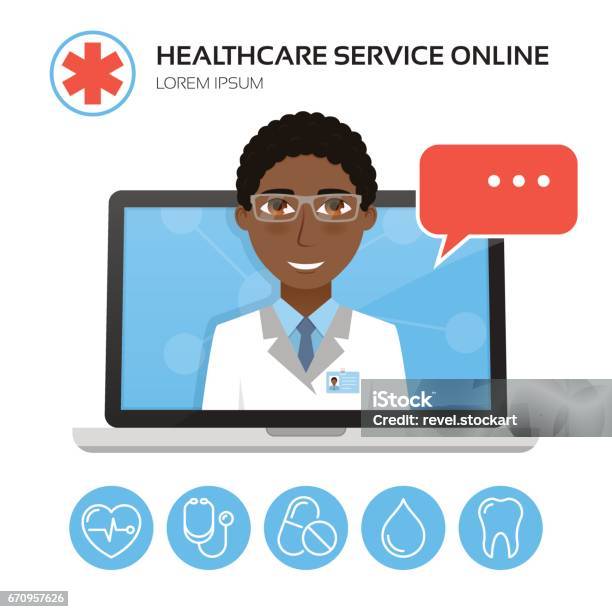Recognizing the Expense Savings of Subscription Based Healthcare for Families
Recognizing the Expense Savings of Subscription Based Healthcare for Families
Blog Article
Understanding the Cost-Effectiveness of Subscription-Based Health Care Versions
As the healthcare landscape progresses, subscription-based designs emerge as an engaging option, assuring to redefine exactly how people manage clinical expenditures. Reviewing these models' cost-effectiveness requires a nuanced contrast with traditional insurance, considering both monetary ramifications and person complete satisfaction. While they offer transparency and predictability in prices, inquiries remain regarding their capacity to fulfill varied health care requirements, particularly for specialized therapies. The point of views of doctor further complicate this formula, providing a multifaceted difficulty. What does the future hold for these designs, and can they absolutely provide on their assurance of obtainable, economical treatment?
Review of Subscription-Based Versions
Subscription-based health care models, sometimes described as straight health care or attendant medicine, are increasingly acquiring interest as a prospective option to inefficiencies within traditional healthcare systems. These designs operate on the principle of offering patients straight accessibility to doctor with a month-to-month or yearly cost, bypassing the requirement for traditional insurance policy systems. This plan intends to improve patient-provider interactions by lowering administrative burdens, which frequently impede timely and personalized treatment.
At the core of subscription-based versions is the focus on an extra tailored person experience. Clients gain from boosted accessibility to their medical professionals, commonly including same-day or next-day appointments, extended consultation times, and straight communication networks such as phone or video clip calls. This model cultivates an aggressive technique to healthcare, where service providers and clients can collaboratively concentrate on preventative treatment and chronic disease administration.

Expense Contrast With Traditional Insurance Coverage

Among the primary economic benefits of registration versions is openness in costs. People pay a predictable charge, which can streamline budgeting and financial preparation. Furthermore, these designs normally remove co-pays and deductibles for protected solutions, minimizing out-of-pocket investing. Conversely, traditional insurance coverage may be more beneficial for people calling for specialized care or pricey therapies not covered under a registration model, as they gain from the wider protection network and cost-sharing mechanisms.
Nevertheless, cost-effectiveness is context-dependent. While subscription models could offer savings for those mainly requiring health care, people with chronic conditions or specialized medical care needs could discover standard insurance coverage more comprehensive. Examining details health care demands and potential usage is vital in identifying the most cost-efficient alternative for people.
Influence On Individual Contentment
Person complete satisfaction within subscription-based healthcare models frequently reflects a substantial renovation over conventional insurance coverage systems. Unlike typical systems, look at here where clients may experience delays in getting care, subscription-based designs make sure even more prompt and straight interactions with medical care carriers.
Furthermore, the transparency in costs connected with subscription-based healthcare eases the usual stress connected to unforeseen charges and complex payment procedures seen in typical visit the website insurance (subscription based healthcare). People appreciate recognizing the exact monetary dedication upfront, resulting in increased depend on and confidence in their health care administration
In addition, the focus on preventative treatment and wellness in subscription models adds to boosted wellness outcomes, better boosting individual complete satisfaction. By concentrating on recurring health care instead of anecdotal treatment, patients experience an even more constant and holistic healthcare trip.
Additionally, the boosted provider-patient partnership promoted in these versions, defined by even more time spent per client and personalized focus, plays an important role in raising person contentment degrees, as individuals really feel genuinely cared for and recognized.
Provider Experiences and point of views
From the service provider's perspective, subscription-based medical care designs offer a transformative strategy to supplying clinical services. These models highlight a proactive and preventative health care strategy, enabling providers to concentrate on detailed patient care without the restraints of conventional fee-for-service setups (subscription based healthcare). This shift in focus often causes improved person outcomes and raised service provider complete satisfaction, as health care experts can designate more time and resources to individual interaction and individualized care plans
In addition, registration models promote foreseeable earnings streams, which enhance monetary security for healthcare service providers. This predictability enables improved resource planning and appropriation, adding to an extra effective medical care distribution system. Providers can invest in personnel infrastructure, training, and technology improvements, thus enhancing the high quality of care offered.
However, the shift to subscription-based versions is not without challenges. In spite of these difficulties, many suppliers find that the advantages of increased individual communication and structured click for more info procedures outweigh the initial difficulties, making subscription-based designs an eye-catching alternative.
Future Leads and Obstacles

A primary obstacle is regulative compliance, as registration designs need to follow evolving health care policies and insurance policy requirements. This requires continuous adjustment and advancement to ensure positioning with lawful requirements. In addition, integrating these versions into existing medical care infrastructures can be complicated, calling for significant financial investments in technology and training.
There is likewise the prospective threat of creating inequities in health care accessibility, as subscription designs may prefer those that can manage them, leaving vulnerable populaces underserved. Addressing this calls for thoughtful consideration of pricing strategies and subsidy devices to ensure inclusivity.
Conclusion
Subscription-based health care designs offer a practical choice to typical insurance coverage by supplying economic predictability and transparency, especially profiting people with persistent conditions or constant healthcare demands. The cost-effectiveness of these designs is contingent upon specific medical care usage patterns and situations.
Subscription-based health care designs, occasionally referred to as straight primary care or attendant medicine, are increasingly obtaining attention as a possible option to inadequacies within typical medical care systems. Unlike typical systems, where people could experience hold-ups in getting treatment, subscription-based designs guarantee more direct and prompt interactions with medical care providers.
These models stress a preventative and positive healthcare approach, enabling companies to focus on detailed client treatment without the restrictions of traditional fee-for-service setups. As these designs proceed to get grip, they use the potential to reinvent patient accessibility to care, improve solution delivery, and enhance medical care spending.Subscription-based health care versions present a feasible alternative to conventional insurance policy by providing monetary predictability and openness, particularly benefiting individuals with chronic conditions or regular medical care needs.
Report this page